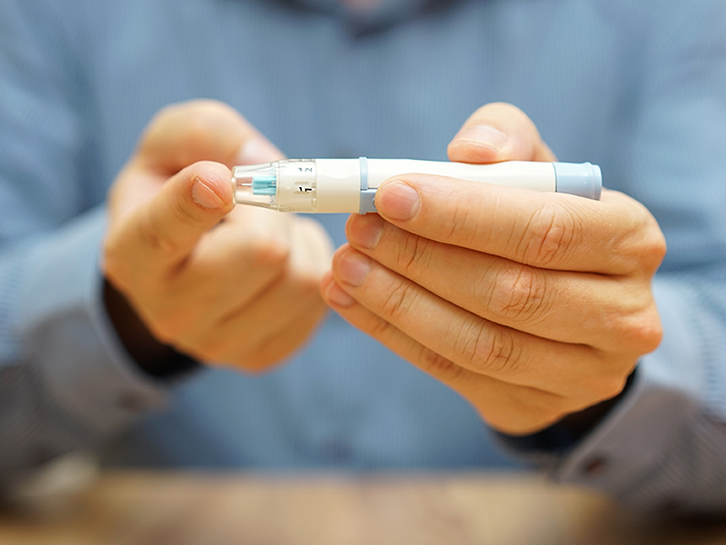Research conducted results say that 8% of the population in the U.S. suffers from diabetes. And this number is still increasing up to date. The CDC reports that a third of children that are born in 2000 are expected to develop the disease at some point. Food and a poor lifestyle is the main reason that is responsible for the rate of diabetes. One of the most common signs of diabetes is nerve pain. Let this guide help you relieve diabetic nerve pain.
Type 1 diabetes shows up when there’s a disorder in the body’s immune system that leads to the destruction of cells, which are the ones responsible for producing insulin. However, Type 2 diabetes is prevalent. Type 2 diabetes is related to a lack of insulin production, or the body is unable to optimize insulin properly. Insulin is responsible for transferring the glucose from the blood to cells. If someone has insulin deficiency or inability to use it properly, it can cause high glucose levels that build up in the bloodstreams, while cells go without.
Diabetes and Sciatica
Peripheral neuropathy is one of the many complications that arise to someone who has diabetes, which can be numbness, tingling, or pain in the extremities of the body. Although the mechanisms are unknown, blood glucose levels are known to affect function. Research states that 60-70 percent of people with diabetes have some amount of systemic nervous damage. The largest nerve in the body, sciatic nerve, is usually affected diabetic. It runs on both sides of the body from the back to the feet.
Sciatica can be related to overweight, although this is common in diabetic and is not due to high glucose levels. Overweight is a risk factor for diabetes and sciatica. Stress on the spine can compress the intervertebral discs, causing them to swell or rupture. When they come out of the spine, nerves can be blocked by intervertebral drives.
If you feel tingling that even goes down to your leg, pain, or numbness in your spine, and diabetes, you are likely to have sciatica. Some of the symptoms of diabetes are slow healing, hunger, fatigue, and always thirsty. If you feel it in conjunction with sciatica, but don’t know if you have diabetes, it is a good time to go to the doctor for consultation.
Treatments for Diabetic Sciatica
The best way to cure sciatica caused by diabetes is to take care of diabetes. In our culture, medicine drugs are considered the first and last measure of protection. However, medications should be considered as a temporary treatment when monitoring changes in diet and lifestyle. Losing weight and providing your body with healthy foods, the need for medications for diabetes can be reduced or eliminated.
The main focus of the diabetes diet plan is maintaining the carbohydrate intake low and consistent. Because carbohydrates are converted into sugars in the body, that’s why it’s important to monitor the carbs and sugar intake to prevent blood glucose levels from increasing. Also, the amount of fat must be kept under control to relieve the pain from the pancreas and liver. Saturated fats should be limited, and trans fats should be avoided.
A dietician can help you develop a plan to make sure you get the nutrients your body needs and avoid them. Exercise will be part of your treatment; by integrating a 30-minute walking aid so you will maintain your metabolism and lose weight.
